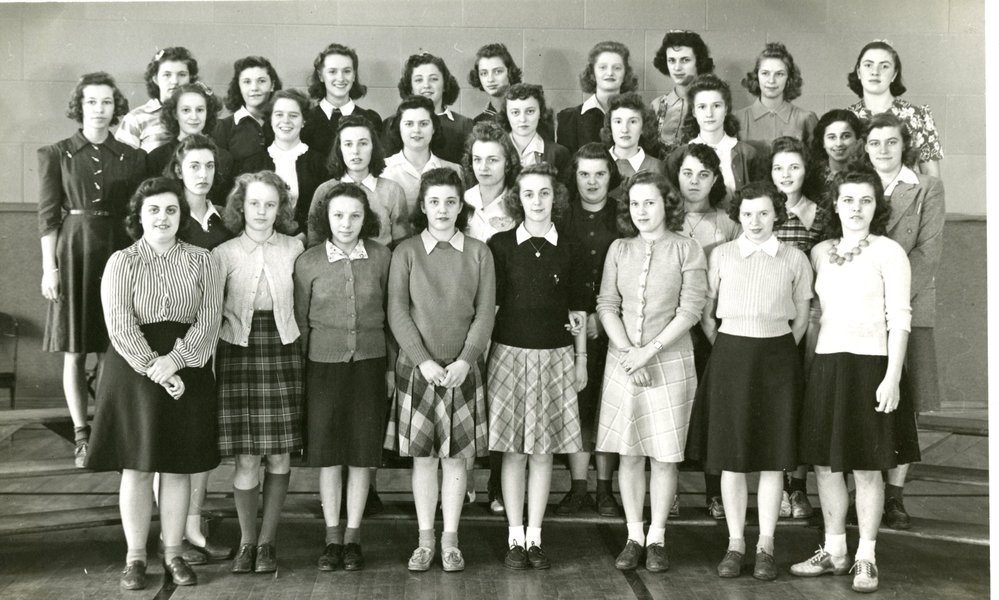
Home economics or domestic science is a field of study on the relationships between individuals, families, communities, and their environment. It started as part of secondary and higher education in the 19th century as the “art and science of home management.” Home economic courses gave women the opportunity to pursue expanded educational opportunities. A major turning point was the Morill Act of 1962 which gave states land to create institutions that taught vocational arts, agriculture, and home economics. Women had new opportunities for higher education while teaching them skills which would allow them to settle down and raise a family. Home economics increased in popularity during 20th century. Home economics clubs like the one at Naperville High School and practice homes at universities allowed women to practice skills in a collaborative environment even as it was understood that homemakers worked alone. In the Cold War context, home economics had two main goals: to teach women how to be better household consumers and to communicate homemakers’ concerns to businesses and political leaders. Second-wave feminism pushed the teaching of home economics to both genders. Since 1994, it has been known as “family and consumer science.” It still teaches girls and boys skills like sewing, cooking, and finances.